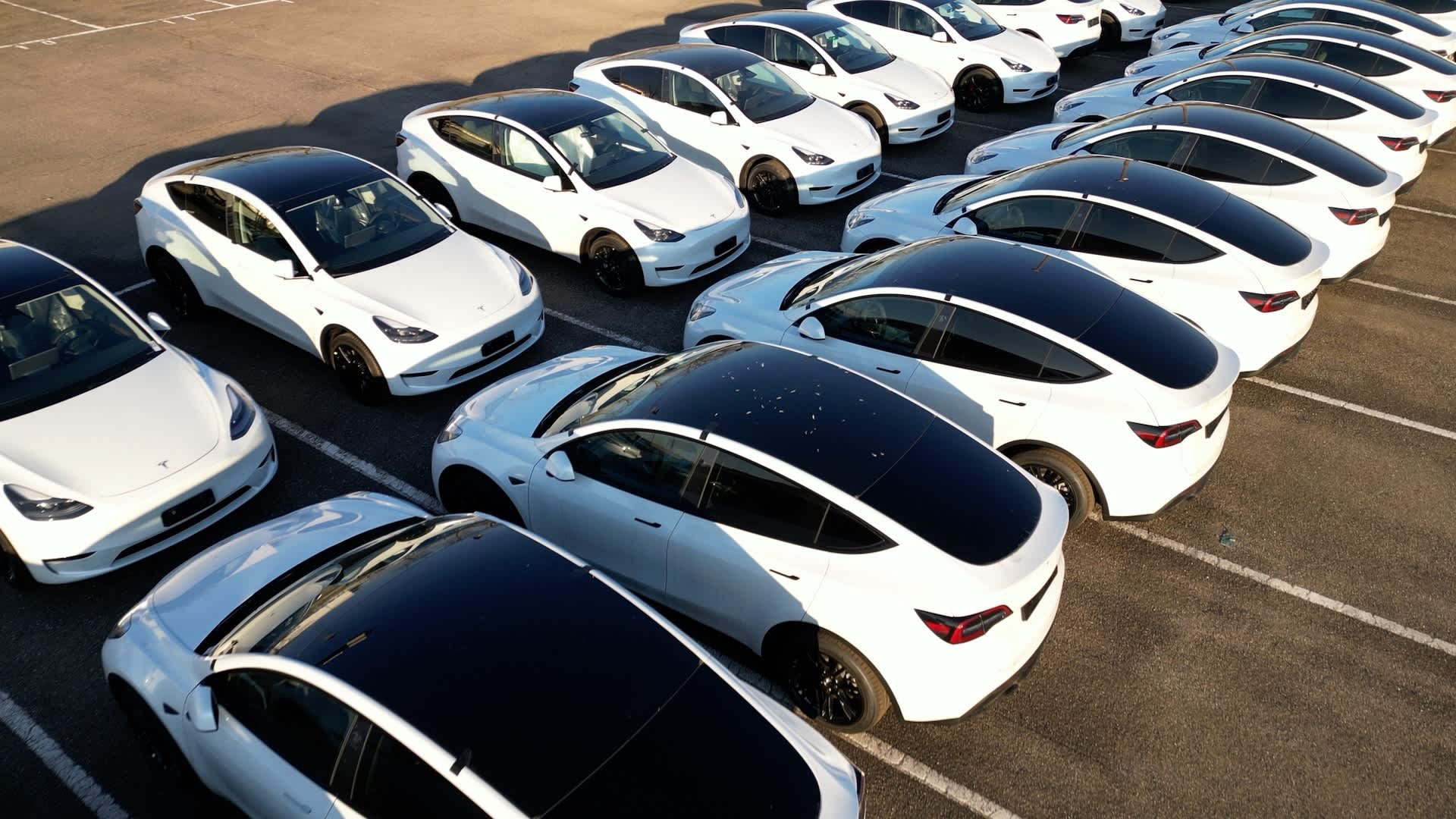Delivery drivers clogging streets has become a fact of life in Boston. Some parts of it, anyway: If you’re scratching your head wondering what the fuss over a new city ordinance regulating delivery companies is about, then lucky you.
But if you live anywhere close to a restaurant that does lots of takeout business — as many now do since the pandemic — you’ve probably seen lines of delivery cars double-parked in front, drivers recklessly weaving in and out of traffic, unsafe u-turns, etc.
Then there are delivery drivers on scooter and mopeds, which are arguably even worse, blocking sidewalks and driving erratically.
The new city ordinance will require third-party delivery companies (think, DoorDash or UberEats) to get a permit. They will have to supply data to the city and make sure their delivery drivers have insurance. An earlier proposal included a 15-cent fee on deliveries, but the City Council dropped it from the final version.
The ordinance doesn’t include the traditional type of delivery joints — that is, restaurants that hire their own drivers rather than relying on delivery apps. Those are restaurants that may even require you to make a phone call and talk to a human to place an order, a vanishing art.
Critics of the ordinance said the city should focus on enforcing existing laws, and they have a point. But it’s not either-or: the city could certainly step up enforcement, but it doesn’t hurt to have rules requiring insurance too.
That said, there’s only so much that the city or the companies can do to overcome the basic fact that streets and neighborhoods were not designed for their business model, and to some extent will always be incompatible with it.
Restaurants that opened before the pandemic likely never gave a second thought to whether there was adequate parking for app-based delivery drivers. They may even have specifically chosen locations in denser areas with lots of foot traffic, which tend to be exactly the same spots where it’s hard to find parking. Now those drivers double-park because there’s no legal alternative.
One longer term solution would be for more restaurants to open satellite kitchens in places where parking isn’t an issue.
Also sometimes called ghost or dark kitchens, there are several of them in and around Boston. If you get delivery a lot, you might have ordered from one without even realizing it. Instead of having to find a parking spot in front of a bricks-and-mortar restaurant, drivers just pull into a nondescript warehouse-like building that could house many different “restaurants.”
I have no idea what combination of sticks and carrots it would take to make this happen, but in an ideal world, restaurants would keep their brick and mortar locations for people who want to dine in-person, while handling delivery orders from a satellite kitchen that’s optimized for that purpose.
Cities have slowly adapted to the way ridehail services have placed different demands on the streets — by creating zones for pickups or dropoffs, for instance. Delivery apps are here to stay, so we’ll have to adapt to them too.
This is an excerpt from Are we there yet?, a Globe Opinion newsletter about the future of transportation in the region. Sign up to get it in your inbox early.
Alan Wirzbicki is Globe deputy editor for editorials. He can be reached at alan.wirzbicki@globe.com.


